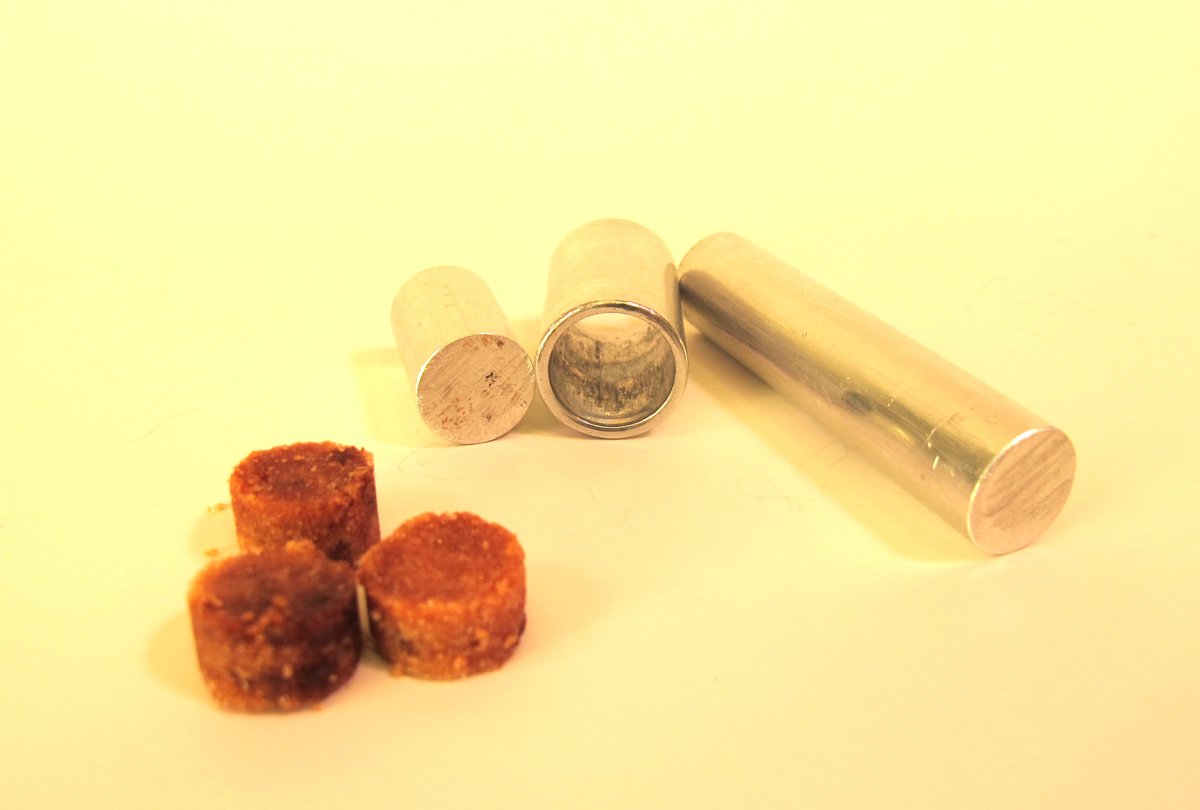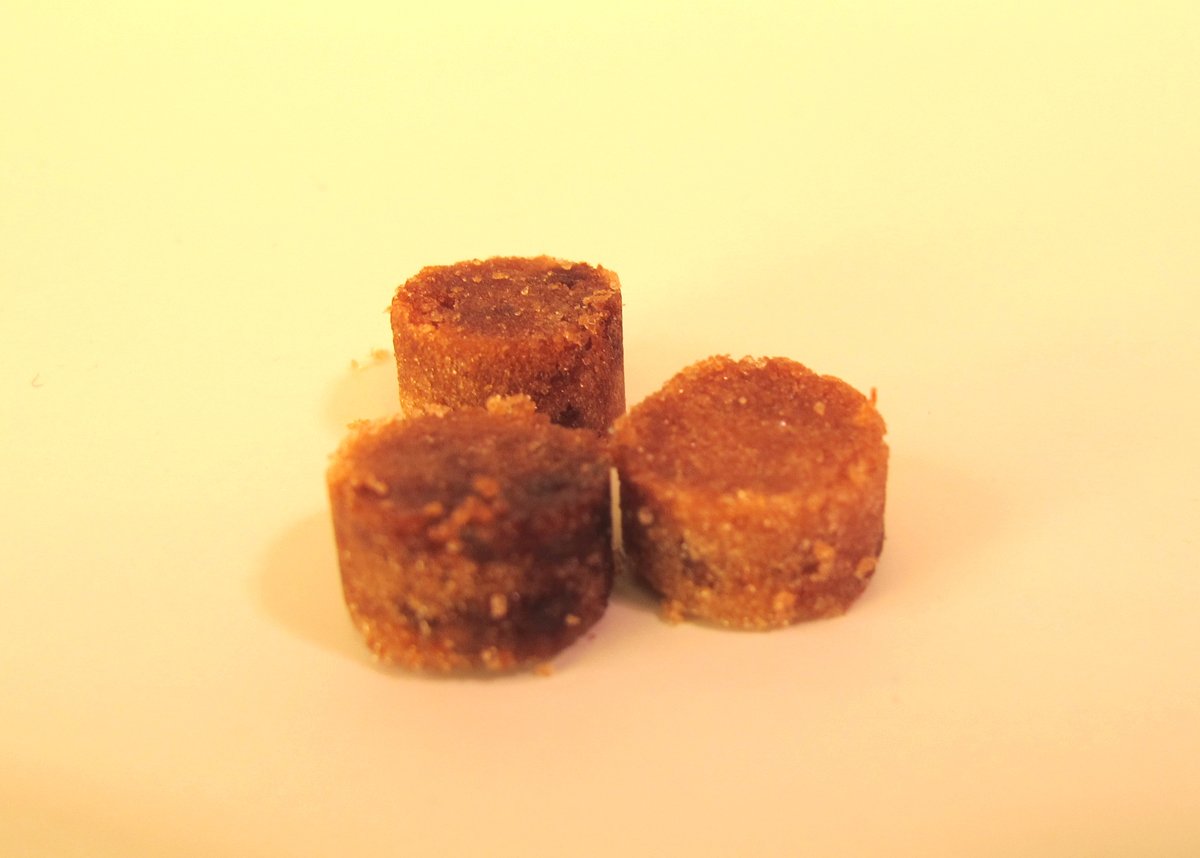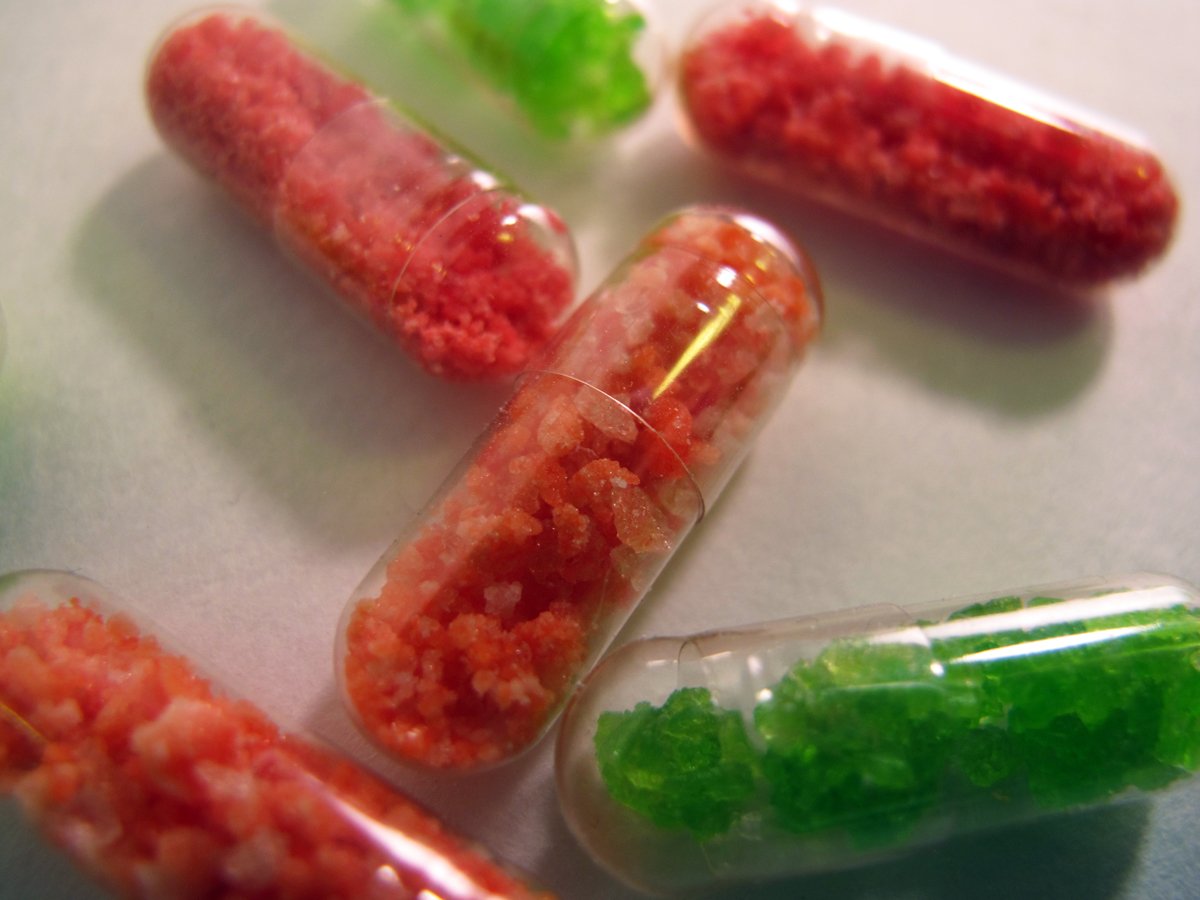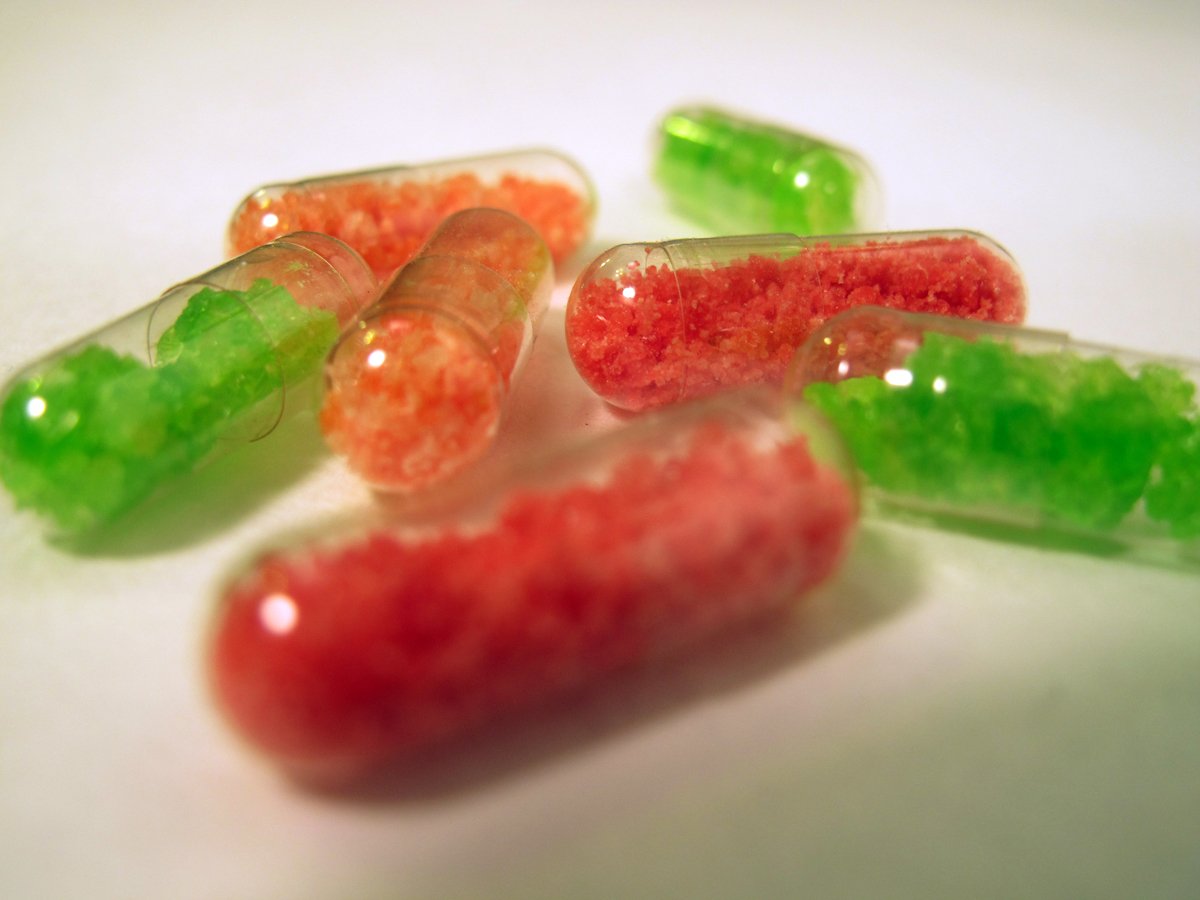
When we last left off looking at sugarcane's spread from India/Indonesia to the rest of the world, the sugar industry had shifted from the Mediterranean to the Atlantic islands of Spain and Portugal, including Madeira and the Canary islands.
During this time, the powers in Europe were developing a taste for sugar.
Sugar was only known in Europe after the 8th century. This is about the time that references to growing cane in the Mediterranean appear. Molasses reached England by late 1200s, coming from Sicily.
King Henry III (in the 13th century) ordered three pounds of sugar “if so much is to be had,” as it was rare luxury item.
But by 1319 one Venetian trader carried 100,000 pounds of it to London. The sweet tooth for sugar developed fast.
Starting in 1470, European countries radically changed how sugar was produced. They imported crude sugar and refined it locally. This changed the power dynamic – refineries had power and profits – and plays into how the sugar colonies in the New World were treated.
Sugar's Voyage to the New World
Columbus carried sugarcane from the Canary islands to New World on his second voyage to Hispaniola (Dominican Republic and Haiti) in 1493. However they were more concerned with finding gold than farming, so the sugarcane failed.
Later they brought in experts from the Canary Islands to help get it established. It was first grown in the new world in Santo Domingo (though it failed a few times first) and was first shipped back to Europe in 1516.
Portugal soon got into the sugarcane farming business as well. Brazil was shipping sugar to Lisbon Portugal by 1526 in large quantities. The Portuguese ruled the 1500s in terms of sugarcane dominance.
In early 1500s, Spain conquered the Mexican mainland, and used the Caribbean islands more as protected harbors along shipping routes than as sugar growing islands. From 1580 to 1650 (when the English and French got into the game on smaller islands) the Caribbean didn’t produce all that much sugar for export.
In 1625 Brazil was still supplying nearly all of Europe with sugar, but when English colonies got into full swing they drove Portugal out of the Northern European trade areas.
Until the mid-1600s, the British navy drink was "beer sometimes supplanted by brandy." Then the British started making rum. Barbados was settled in 1627 and sugar was grown there. Then after the 1655 British conquest of Jamaica, they started replacing the brandy ration with Jamaican rum. (Rum is distilled from molasses, the byproduct of sugar production.)
In 1731 rum became part of the official ration all the way up until Black Tot Day in 1970. Navy rum didn't just provide tasty nutrients, it killed bacteria in the drinking water.
Though the Portuguese, Spanish, and British were growing sugarcane, French prices were the best in Europe. Unable to compete, England just supplied its own needs from its islands, keeping pace with increasing demands.
As we touched on before sugarcane was even grown in the New World, England eventually forbade colonies from refining their own sugar. This kept the sugar colonies“infantilized and dependent.” Europe kept all the control, kept wealthy landowners in power in the colonies. The sugar colonies were to be used, not respected.
In the early 1600s, the British, Dutch and French all established Caribbean plantations. Years later in the 1800s, Cuba and Brazil were the major producers. Between these eras, sugar production increased as people got a taste for it. The technology to grow and refine sugar didn't change much in this era, but consumer demand did.
In the next post we'll look at sugar production and the labor used to do the work.
*Bonus fun fact* The West India Docks in Jamaica had gang members with the best names: The River Pirates, Night Plunderers, Heavy Horsemen, Scuffle-Hunters, and Mud Larks.
The Sugar Spirit Project is sponsored by Bacardi Rum. Content created and owned by Camper English for Alcademics. For the project index, click on the logo above or follow this link.
 As I mentioned in yesterday's post, I wanted to find some more uses for the dehydrated liqueurs I spent a few months developing. The index to that experimentation is here.
As I mentioned in yesterday's post, I wanted to find some more uses for the dehydrated liqueurs I spent a few months developing. The index to that experimentation is here. 






